The Bell of the World
Transit Lounge, $32.99 hb, 408 pp
Jugulating torrents
Early in Gregory Day’s new novel, Uncle Ferny reads Such Is Life aloud in a Roman bar. His niece Sarah observes listeners’ ‘confusion, amusement, their disdain, their curiosity, and also their rapture’. A similar range of responses might be manifested by readers of The Bell of the World.
This is a novel in which Ferny’s extolling of Joseph Furphy’s genius erupts in a ‘jugulating torrent’ of words. There are characters called Sarah Hutchinson and Sara Atchinson, two women called Maisie, and three males called Joe. Plot threads rise and disappear like floodwater. There are florets of poetry, both conventional and concrete, and skeins of wild philosophy. Jugulating, indeed.
The constant is Sarah Hutchinson, returned from boarding school in England and travels in Europe to live in the fertile region south of Geelong, first with one of the Maisies and later at Ferny’s property Ngangahook, at the end of the first decade of the twentieth century. The narrative is arranged less around plot and more around shifting foci: conflict over a planned belltower; the co-binding/combining of Such Is Life with Moby-Dick to form a ‘compounded epic’; an extended epistolary relationship between Sarah and John Cage foregrounding mushrooming and avant-garde music.
Continue reading for only $10 per month. Subscribe and gain full access to Australian Book Review. Already a subscriber? Sign in. If you need assistance, feel free to contact us.






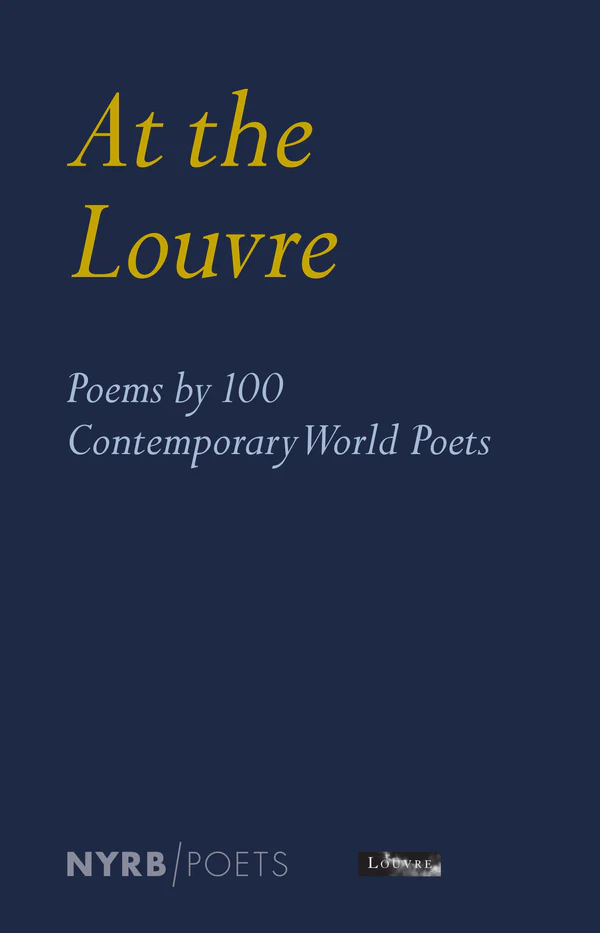
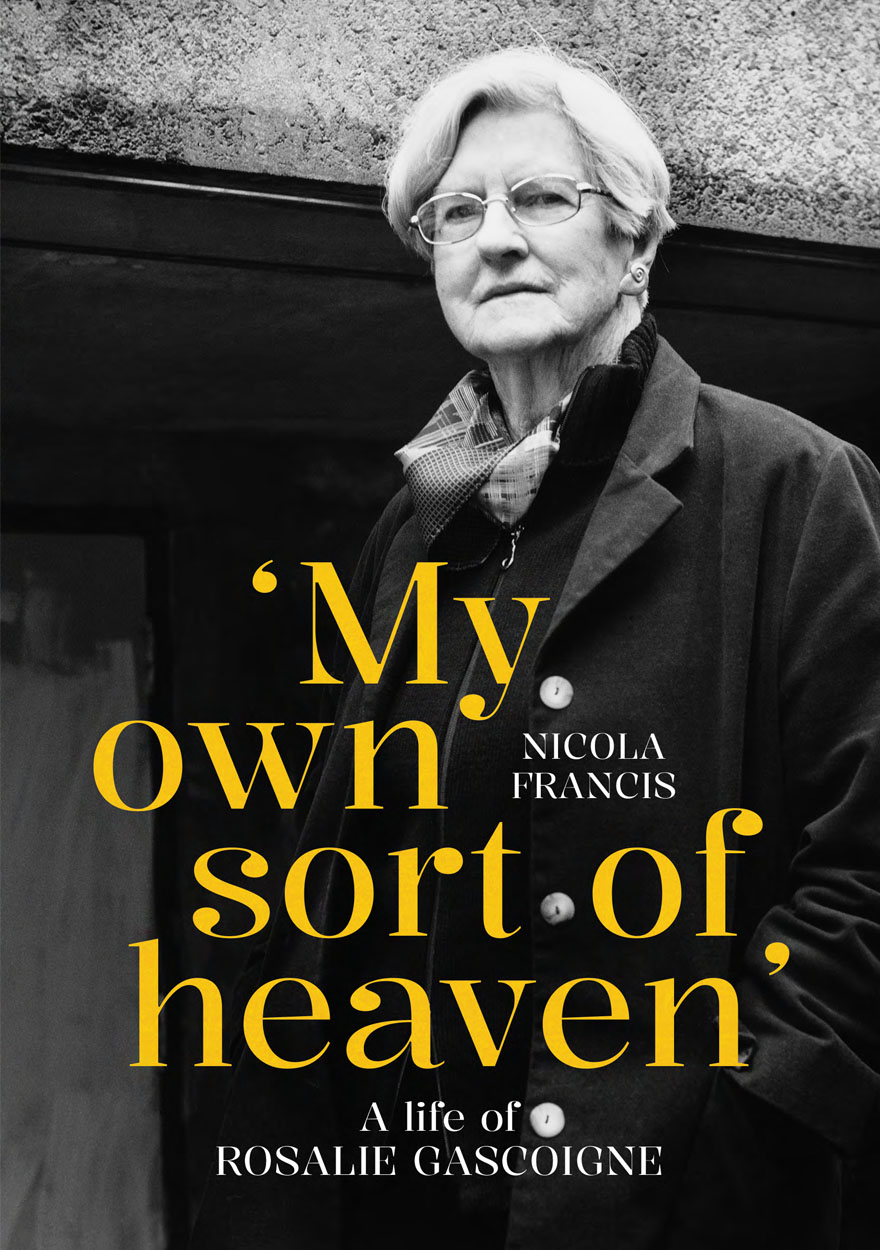
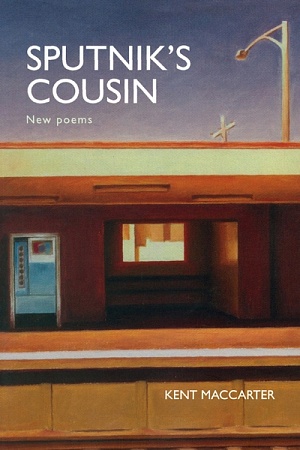
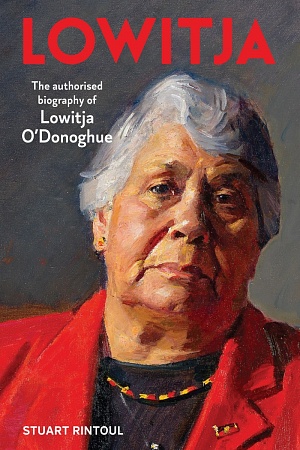

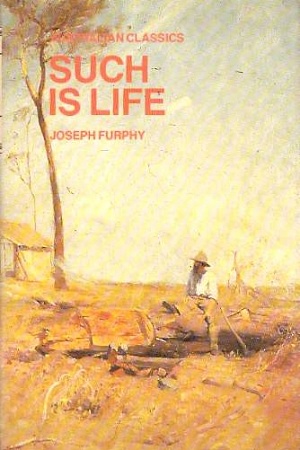




Leave a comment
If you are an ABR subscriber, you will need to sign in to post a comment.
If you have forgotten your sign in details, or if you receive an error message when trying to submit your comment, please email your comment (and the name of the article to which it relates) to ABR Comments. We will review your comment and, subject to approval, we will post it under your name.
Please note that all comments must be approved by ABR and comply with our Terms & Conditions.